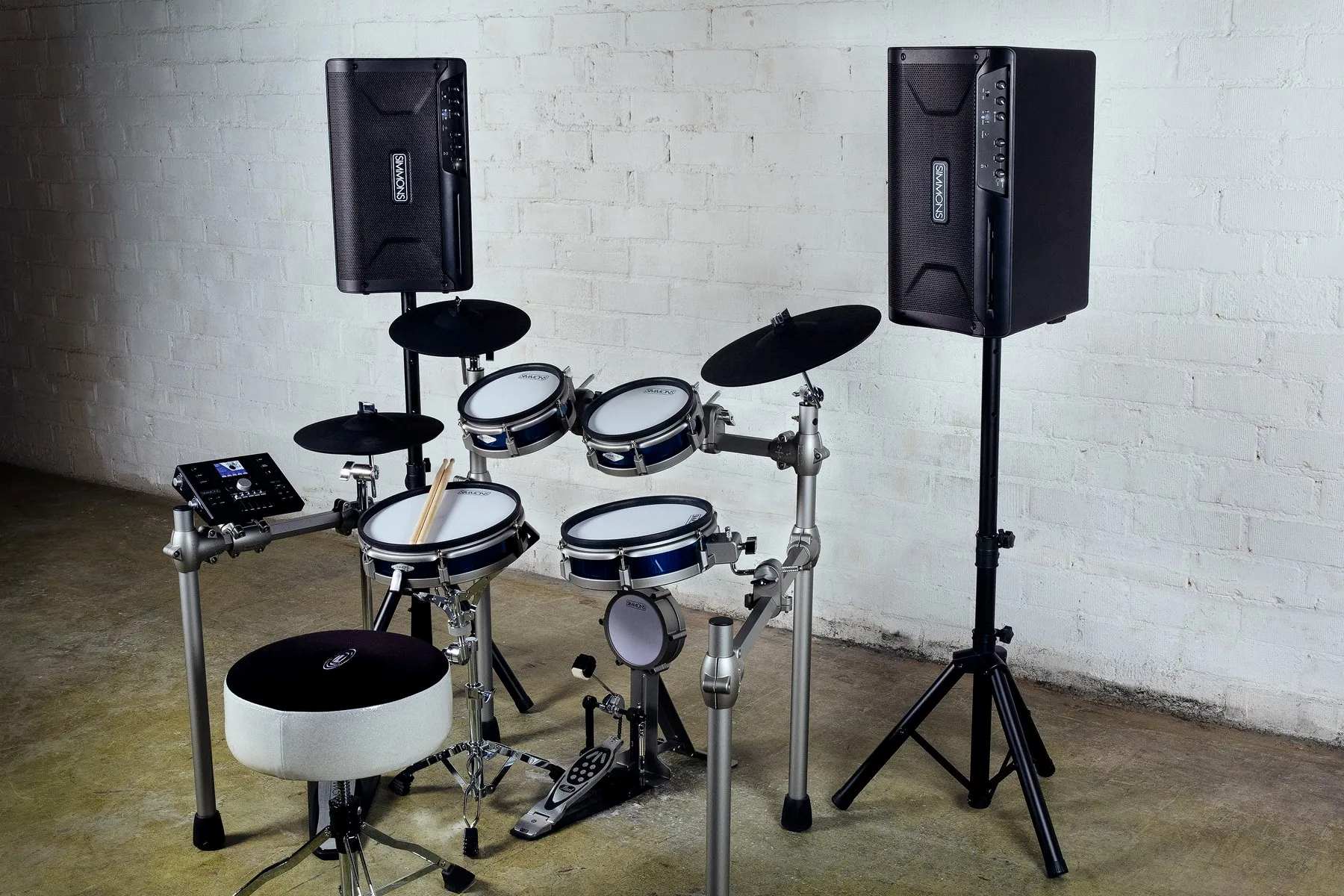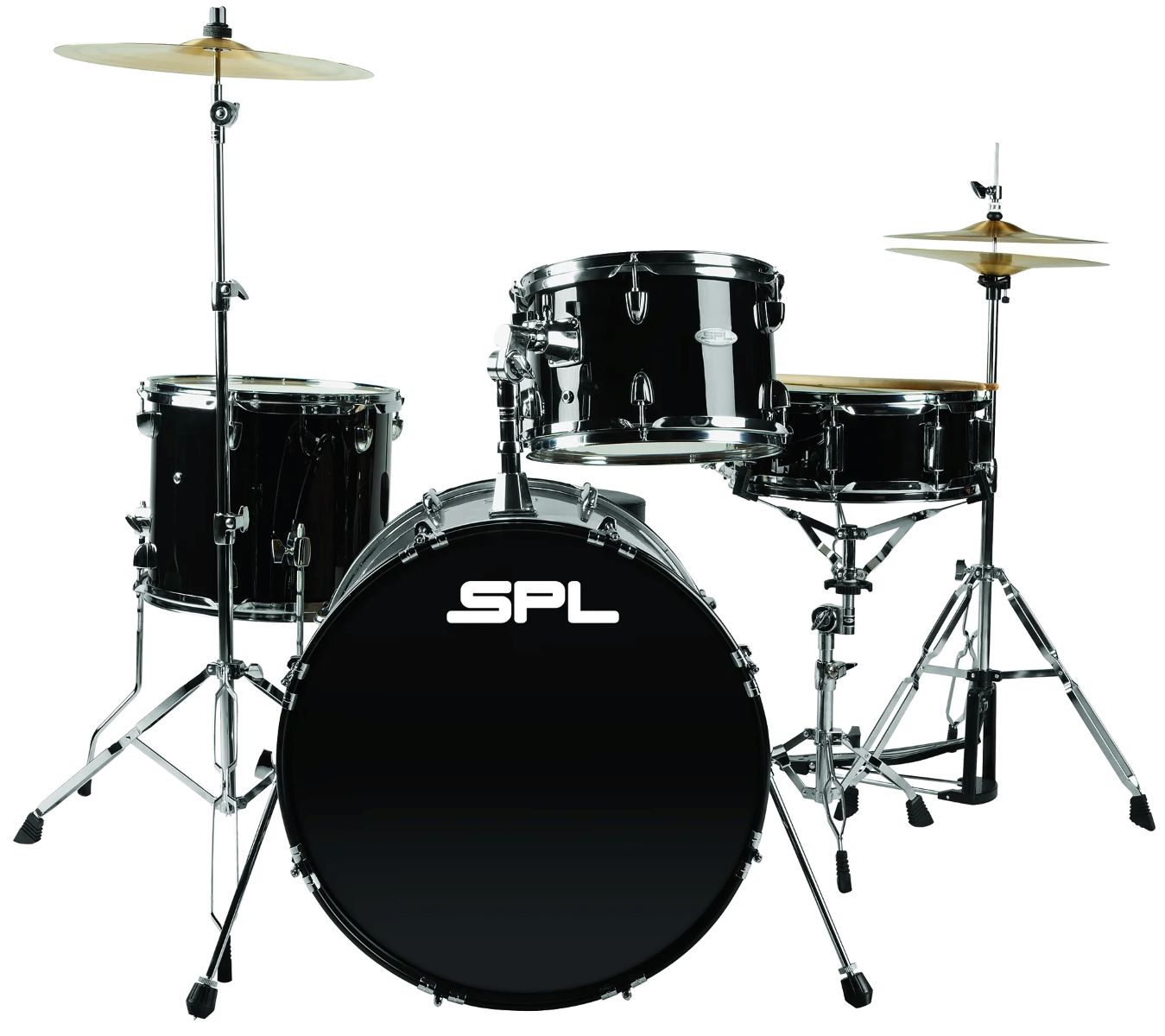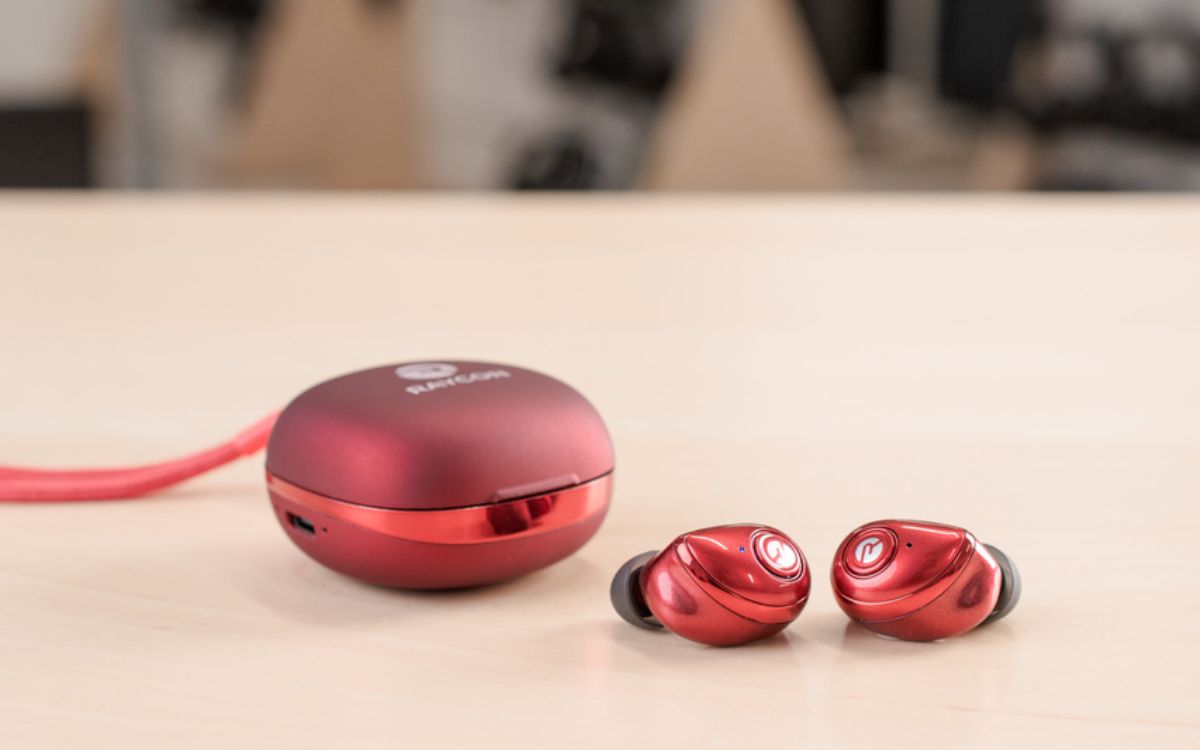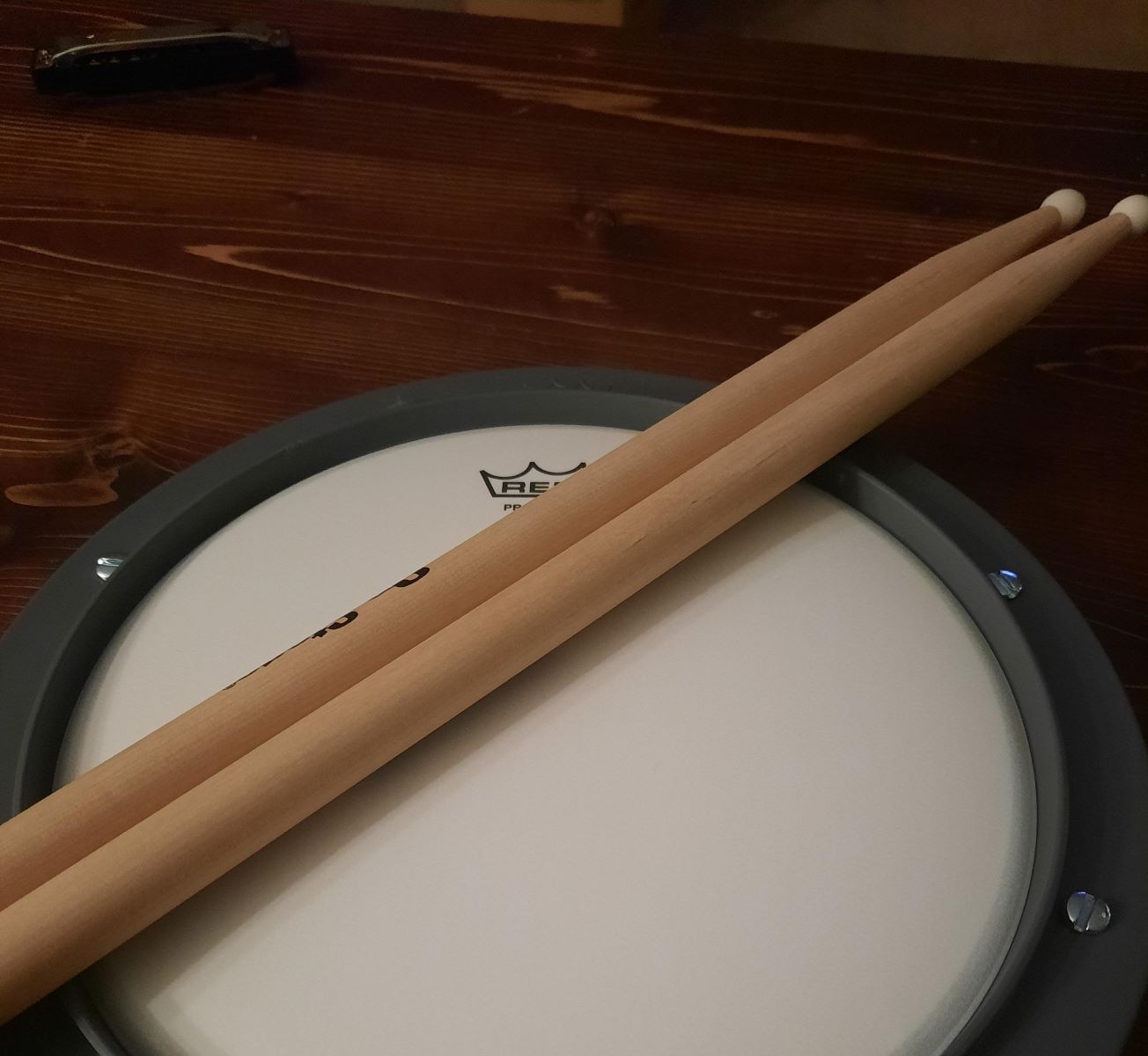Home>Instruments>Drums>How To Make Drums Quieter
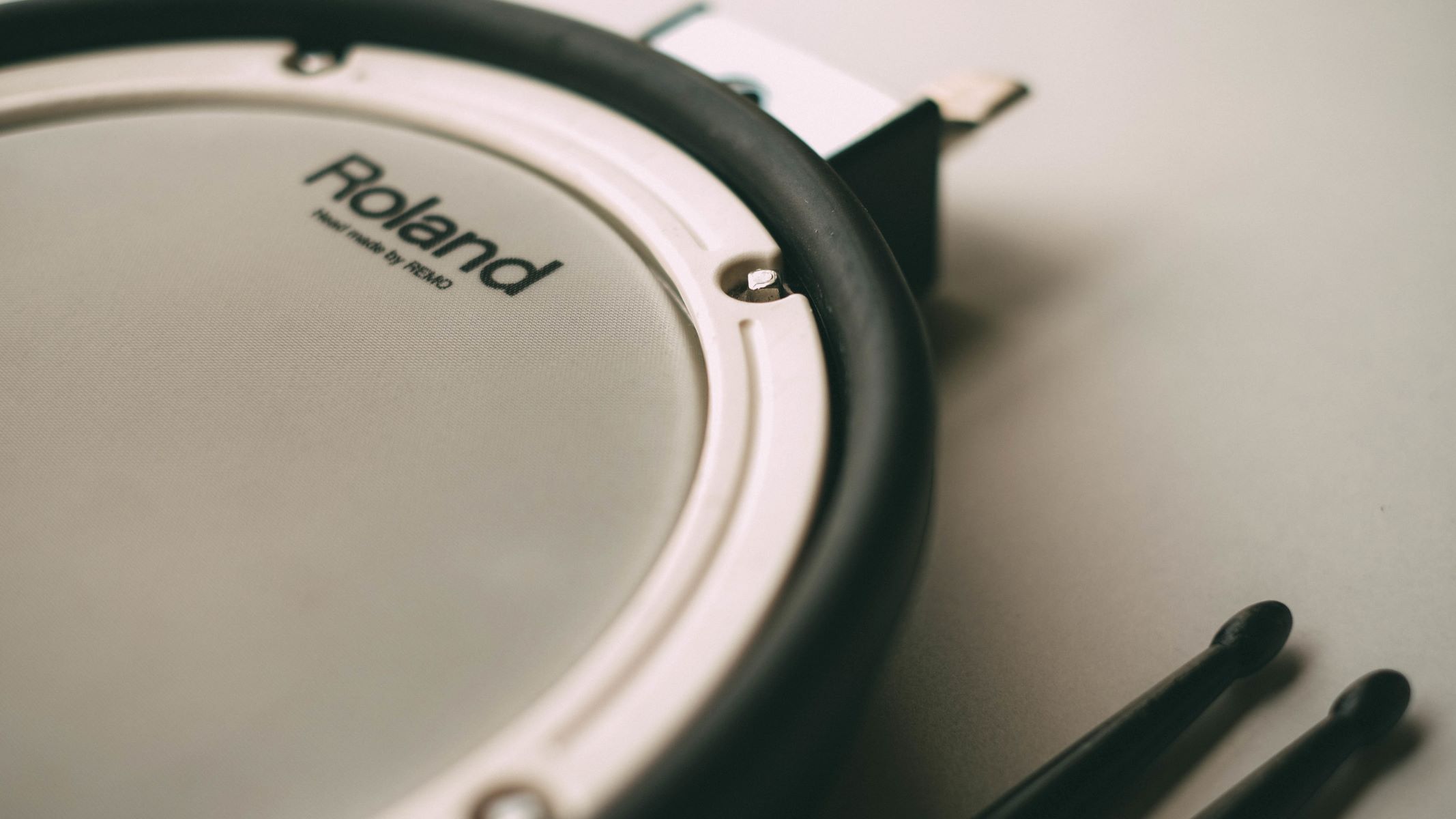

Drums
How To Make Drums Quieter
Published: February 8, 2024
Learn how to make drums quieter with these effective techniques and tips. Reduce noise and enjoy a quieter drumming experience today!
(Many of the links in this article redirect to a specific reviewed product. Your purchase of these products through affiliate links helps to generate commission for AudioLover.com, at no extra cost. Learn more)
Table of Contents
Introduction
Drums are undoubtedly one of the most exhilarating and dynamic musical instruments, capable of setting the pulse for any musical piece. However, their powerful sound can sometimes be a bit too much, especially in residential settings or practice spaces. Whether you're a passionate drummer living in an apartment or a considerate neighbor, finding ways to make your drums quieter without compromising their essence is a common challenge. Fortunately, there are several effective methods to achieve this without sacrificing the quality of your drumming experience.
In this comprehensive guide, we will delve into various strategies for reducing the volume of your drums while maintaining their tonal integrity and playability. From selecting the right drumheads and utilizing drum mutes to adjusting your drumming technique and soundproofing your practice space, we will explore practical and innovative solutions to help you achieve a quieter drumming experience.
So, if you're ready to embark on a journey towards harmonizing your drumming passion with a quieter, more considerate environment, let's dive into the world of making drums quieter. Whether you're a seasoned drummer or just starting out, this guide will equip you with the knowledge and techniques to achieve the perfect balance between volume and musical expression.
Understanding the Problem
Before delving into the solutions, it’s essential to understand the underlying factors contributing to the loudness of drums. Drums produce sound through the vibration of drumheads and the resonance of the drum shell, resulting in a rich and powerful sound. However, this very mechanism can also lead to an excessive volume that may not be suitable for all environments.
One common concern is the impact of loud drums on neighbors, especially in urban or densely populated areas. The powerful and penetrating sound of drums can easily travel through walls and floors, causing disturbances to those in close proximity. Additionally, for drummers living in apartments or shared spaces, the need to minimize the volume without compromising the essence of drumming becomes crucial.
Moreover, the nature of acoustic drums makes them inherently loud instruments, often overpowering other instruments in practice or performance settings. This can pose challenges for achieving a balanced sound mix, especially in smaller venues or rehearsal spaces.
Understanding the problem of loud drums involves recognizing the need for a balanced approach that addresses volume reduction without sacrificing the tonal quality and playability of the instrument. By acknowledging these challenges, drummers can explore effective strategies to create a quieter drumming experience while preserving the essence and impact of their instrument.
Choosing the Right Drumheads
When aiming to reduce the volume of drums, selecting the appropriate drumheads plays a pivotal role in achieving the desired sound. Drumheads, also known as drum skins, directly influence the tonal characteristics and volume of the drums. By choosing the right drumheads, drummers can effectively control the sound output and minimize excessive volume.
One of the primary considerations when choosing drumheads for quieter drumming is opting for thicker and more controlled options. Thicker drumheads tend to produce a more focused and drier sound, which can contribute to a reduction in overall volume. Coated drumheads, featuring a layer of coating on the surface, are known for producing a warmer and less resonant sound, thus aiding in volume control.
Another aspect to consider is the use of drumheads with built-in muffling or dampening features. These specialized drumheads are designed to minimize overtones and sustain, resulting in a more controlled and quieter sound. By incorporating muffling elements within the drumheads themselves, drummers can achieve a balanced and subdued sound without compromising the fundamental characteristics of their drums.
Furthermore, experimenting with different combinations of batter (top) and resonant (bottom) drumheads can yield varying results in terms of volume and tonal qualities. By exploring diverse combinations and configurations, drummers can tailor the sound of their drums to suit quieter environments while maintaining the desired playing feel and responsiveness.
Ultimately, choosing the right drumheads for quieter drumming involves a thoughtful balance between thickness, coating, muffling features, and the overall tonal characteristics of the drums. By carefully assessing these factors and experimenting with different drumhead options, drummers can effectively mitigate excessive volume while preserving the essence and expressiveness of their instrument.
Using Drum Mutes
Drum mutes are invaluable tools for reducing the volume of drums while maintaining their natural feel and response. These specialized accessories are designed to dampen the sound of drums, providing an effective solution for practicing and performing in quieter settings. Drum mutes come in various forms, each targeting specific components of the drum set to achieve volume reduction without compromising the playing experience.
One of the most common types of drum mutes is the practice pad, which is placed on the drumhead to significantly reduce the volume while retaining the natural rebound and feel of the drum. Practice pads are ideal for quiet practice sessions, allowing drummers to work on their technique and timing without generating excessive noise. Additionally, practice pads are available for individual drums, such as snare drums and tom-toms, offering a versatile solution for volume control across the entire drum set.
Another popular type of drum mutes is the cymbal mute, which effectively reduces the volume and sustain of cymbals, thereby contributing to an overall quieter drumming experience. Cymbal mutes are designed to minimize the ringing and resonance of cymbals without compromising their natural stick response, making them essential for achieving a balanced and subdued cymbal sound.
Furthermore, drum mutes for bass drums provide a means to dampen the powerful low-end sound, resulting in a quieter and more controlled bass drum sound. These mutes typically involve the use of specialized pads or dampening materials placed inside the bass drum, effectively reducing the volume and resonance while preserving the fundamental characteristics of the instrument.
By incorporating drum mutes into their practice and performance setups, drummers can effectively tailor the volume and sound characteristics of their drums to suit quieter environments without sacrificing playability and expressiveness. Whether for home practice, studio recording, or intimate performances, drum mutes offer a versatile and practical solution for achieving a quieter drumming experience while retaining the essential qualities of the instrument.
Adjusting Drum Technique
Adapting drumming techniques to minimize volume while maintaining musical expression is a skill that can significantly contribute to a quieter drumming experience. By implementing subtle adjustments and mindful playing approaches, drummers can effectively control the sound output of their drums without compromising their playing dynamics.
One fundamental aspect of adjusting drum technique for quieter playing involves striking the drums and cymbals with a lighter touch. By exerting less force and employing a more controlled stroke, drummers can reduce the overall volume while maintaining the essential articulation and tonal characteristics of their instrument. This approach not only contributes to quieter drumming but also enhances the nuances and subtleties of the sound produced.
Moreover, focusing on precision and accuracy in drumming movements can aid in volume control. By refining stick control and ensuring precise contact with the drumheads and cymbals, drummers can achieve a more controlled and subdued sound. This emphasis on precision allows for a balanced and articulate sound output, particularly in quieter playing environments where volume management is crucial.
Another technique for quieter drumming involves exploring alternate playing styles and implements. For instance, utilizing brushes instead of drumsticks can produce a softer and more delicate sound, ideal for creating a quieter musical ambiance. Similarly, experimenting with rods, mallets, or other specialty drumming implements can offer diverse tonal options while contributing to volume reduction.
Furthermore, incorporating subtle dynamics and variations in playing intensity can contribute to a nuanced and controlled drum sound. By embracing a dynamic range that encompasses softer passages and restrained accents, drummers can effectively modulate the volume while delivering expressive and engaging performances. This approach not only facilitates quieter drumming but also adds depth and musicality to the overall sound.
Ultimately, adjusting drum technique for quieter playing involves a combination of finesse, precision, and adaptability. By refining playing dynamics, exploring alternative implements, and embracing nuanced dynamics, drummers can achieve a balanced and controlled sound output that is well-suited for quieter environments without compromising musical expression.
Soundproofing the Room
Soundproofing the room in which you play your drums can significantly reduce the transmission of sound to the surrounding areas, creating a more considerate and harmonious environment. While addressing the drum volume itself is essential, implementing soundproofing measures within the practice space can further enhance the overall effectiveness of volume control.
One effective method of soundproofing a drumming space is through the use of acoustic panels and sound-absorbing materials. Installing acoustic panels on the walls and ceiling can help mitigate the reflection and transmission of sound, thereby reducing the overall volume that reaches the adjacent areas. Additionally, incorporating sound-absorbing materials such as acoustic foam or bass traps can further enhance the soundproofing capabilities of the room, creating a more controlled acoustic environment.
Furthermore, addressing potential sound leaks and weak points in the room can significantly improve soundproofing. Sealing gaps around doors, windows, and air vents can minimize sound transmission, creating a more contained and insulated drumming space. Additionally, utilizing heavy curtains or soundproofing curtains can contribute to reducing sound leakage and external noise intrusion, further enhancing the overall effectiveness of the soundproofing efforts.
Another soundproofing strategy involves isolating the drum set from the floor to minimize impact noise and vibration transmission. Using specialized drum isolation platforms or rubber isolation feet can help decouple the drums from the floor, reducing the transmission of low-frequency sound and impact noise. This approach not only contributes to a quieter practice space but also minimizes the impact on neighboring areas.
Moreover, considering the layout and location of the practice space within the home or building can impact the effectiveness of soundproofing. Choosing an interior room with minimal shared walls and distance from neighboring living spaces can help reduce the transmission of drum sound. Additionally, incorporating heavy rugs or carpets on the floor can aid in sound absorption and minimize impact noise, further enhancing the overall soundproofing efforts.
By implementing soundproofing measures within the practice space, drummers can create a more contained and considerate environment for practicing and performing. Whether through acoustic treatment, addressing sound leaks, isolating the drum set, or strategic space selection, soundproofing the room complements volume control efforts, contributing to a harmonious and balanced drumming experience.
Conclusion
Embarking on the journey to make drums quieter involves a multifaceted approach that encompasses equipment selection, playing techniques, and environmental considerations. By exploring the strategies outlined in this guide, drummers can effectively achieve a balanced and considerate drumming experience without compromising the essence and expressiveness of their instrument.
Choosing the right drumheads emerges as a pivotal factor in volume control, enabling drummers to tailor the tonal characteristics and volume output of their drums to suit quieter environments. By selecting thicker drumheads, incorporating muffling features, and experimenting with various combinations, drummers can achieve a more controlled and subdued sound without sacrificing playability.
Furthermore, the utilization of drum mutes offers a practical solution for volume reduction, allowing drummers to practice and perform in quieter settings while retaining the natural feel and response of their drums. Whether through practice pads, cymbal mutes, or bass drum dampening, drum mutes provide versatile options for achieving a quieter drumming experience.
Adjusting drum technique plays a crucial role in volume control, emphasizing the importance of precision, dynamics, and adaptability in achieving a nuanced and controlled sound output. By refining playing dynamics, exploring alternative implements, and embracing subtle variations, drummers can modulate the volume while delivering expressive and engaging performances.
Moreover, soundproofing the practice space complements volume control efforts, creating a more contained and harmonious environment for drumming. Through the strategic use of acoustic treatment, addressing sound leaks, isolating the drum set, and considering space layout, drummers can minimize sound transmission to neighboring areas, contributing to a considerate and balanced drumming experience.
In conclusion, the quest to make drums quieter involves a holistic approach that encompasses equipment selection, technique refinement, and environmental considerations. By integrating these strategies into their drumming practice and performance, drummers can achieve a harmonious balance between volume control and musical expression, creating a more considerate and versatile drumming experience for themselves and those around them.




